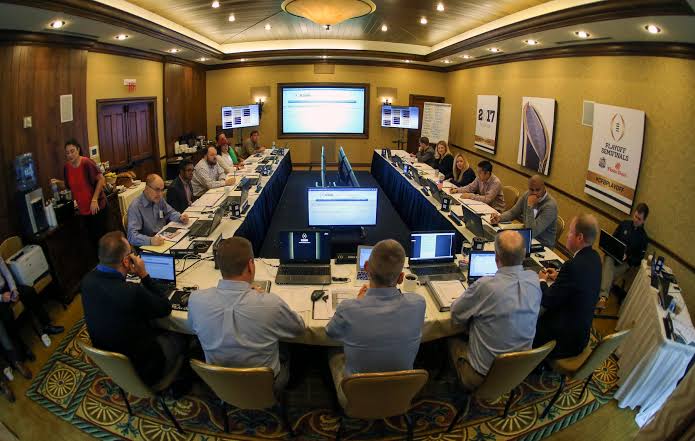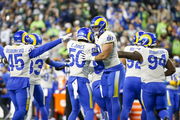

When Bryce Underwood stunned the nation by changing course at the eleventh hour, coaches and fans were left scrambling for answers. How could such a monumental decision flip so fast? The answer to this is not about trophies, traditions, or even hometown pride. It’s much more than that. Behind the curtains, there’s a new powerful force that’s reshaping the college football recruiting future. And it’s certainly moving faster than most can keep up. You must be wondering what the driving factor is that’s contributing to such jaw-dropping twists. Let’s get to the answer.
Watch What’s Trending Now!
What Is NIL? When Was It Introduced?
Just imagine a world where college athletes could cash in on their fame. Yes, that’s no longer just imagination; this has become a reality as of July 1, 2021, when the NCAA officially allowed players to profit from their NIL (Name, Image, and Likeness) rights. This significant shift empowered players to sign endorsements and sponsorships and build personal brands without compromising their eligibility.
ADVERTISEMENT
Before NIL, they even used to risk sanctions for even the most minor of benefits. But the new set of rules has dramatically shifted the script. However, it is worth noting that NIL is not a “pay-for-play” system. Instead, it’s a way for them to monetize their personal value. Different states are passing NIL laws, such as Arizona, California, Delaware, Connecticut, and Florida, among others. In just a few short years, this policy has significantly redefined the landscape of college sports. This brought in chaos, opportunity, and intense competition. Welcome to the new era of college athletics with NIL, where players shine in more ways than just one.
NIL’s Effects on College Football Over the Years
Since the introduction of NIL, college football has gone through a seismic transformation. Athletes who solely depended on scholarships are now inking endorsement deals worth six to seven figures. However, it is essential to understand that NIL has created a marketplace where marketability and talent intersect. This can shift focus from athletic development to the financial benefits to enhance the competitive balance. Furthermore, the NCAA’s tight grip on amateurism is loosening, which is increasing the fear that players may soon be recognized as employees.
ADVERTISEMENT
On the other hand, the NIL earnings are skyrocketing every year, with players dominating the leaderboard. There are even projections for the NIL market to reach $1.14 billion. And it’s still analyzed to be in its early stage. And that too with no signs of slowing down. This proves that NIL has just changed the ways athletes are being recruited. It has shifted the very essence of college football, turning the amateur game into a high-stakes business where loyalty, branding, and championships now dance in a delicate balance.
Top Stories
Seahawks’ Ernest Jones IV Accuses Rams of Inappropriate Comments After Puka Nacua’s Feud With Nick Emmanwori

Greg Biffle Plane Tragedy: What Might Have Caused the Crash That Killed the NASCAR Champ and His Family

Another PGA Tour Analyst to Leave Golf Channel Days After Cara Banks’ Unexpected Exit – Report

Patrick Mahomes’ Chiefs Extremely Close to Leaving Arrowhead Amid Kansas State’s Announcement, Per Report

Ex-UFC Fighter, Former Wrestling Champion Dies at 63 After Health Complications

Ryan Day Closing in on Key Defensive Addition After Rival $70M HC Makes Transfer Portal Message Clear

ADVERTISEMENT
Reason Behind the Biggest Commitment Flips in College Football
In the recent world of college football, the biggest flips in commitments aren’t just for the winning programs. Rather, they are about winning paydays. Take the instance of Bryce Underwood, the five-star QB, primarily leaning towards LSU but flipping to Michigan later on, all thanks to the life-changing NIL deals. It’s undoubtedly clear that NIL offers have become a game changer, with values sometimes reaching eight figures. Additionally, from reports, it has also been identified that the top defensive recruit, Tae Harris, has flipped commitment from the Clemson Tigers to Georgia Tech due to NIL packages.
View this post on Instagram
Flips and decommitments shaping the 2025 recruiting cycle are certainly proving one thing: that money talks louder than location and tradition. In the era of NIL, even loyalty is negotiable, and top recruits are changing to find the best combination of opportunity, exposure, and, obviously, financial gain.
ADVERTISEMENT
ADVERTISEMENT
ADVERTISEMENT
ADVERTISEMENT

